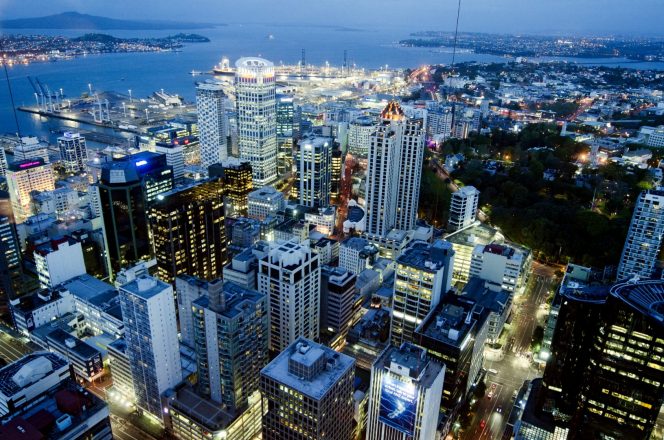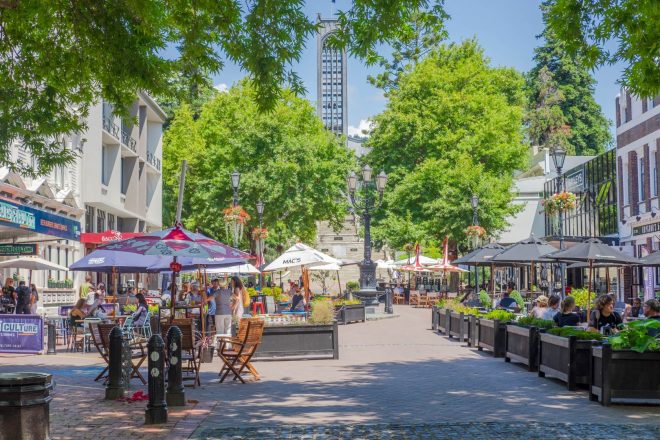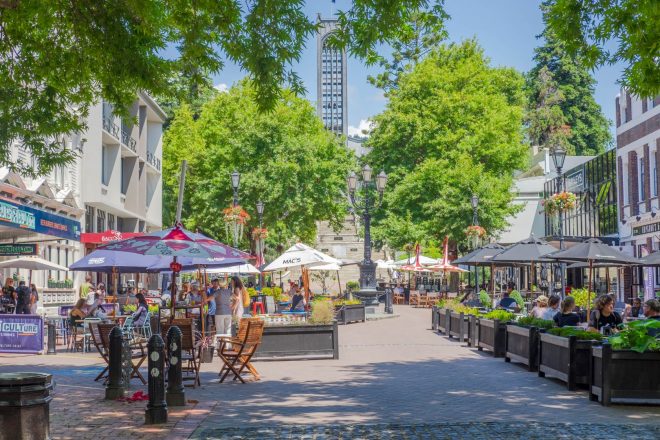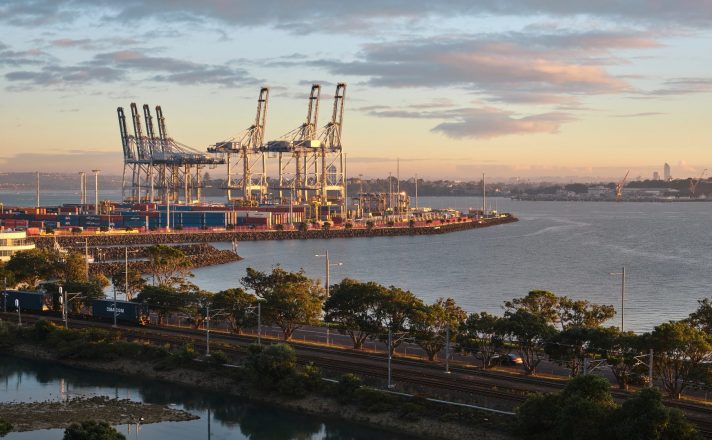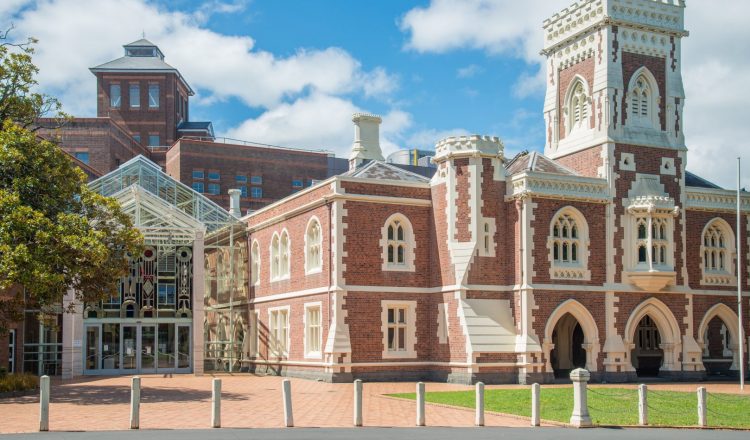현지 자회사를 위한 신고 요건
뉴질랜드에 설립된 모든 회사 (즉, 현지 자회사) 는 다음과 같은 신고 및 지속적인 연간 규정 준수 요건을 준수해야 합니다.
(a) 특정 회사 세부 사항 (등록 사무소, 이사, 최종 지주 회사 (있는 경우) 및 회사의 주주 포함) 를 확인하는 회사 사무소에 연간 보고서를 제출하는 행위
(b) 회사 주주에 대한 연례 회의 개최 (또는 회의 개최 대신 서면 주주 결의안 통과)
(c) 회사가 (I) “FMC 보고 기관”, (II) “대형” 회사, (III) 규정 준수를 “거부”하지 않은 10명 이상의 주주가 있는 회사, 또는 (IV) a규정 준수를 “선택”한 주주가 10명 미만인 회사연간 재무 제표는 해당 법인이 “FMC 보고 기관”인 경우 잔액 날짜로부터 5개월 이내에 회사 사무실에 제출해야 합니다. 또는 해당 법인이 25% 이상의 해외 소유권을 가진 “대형” 회사 인 경우 잔액 날짜로부터 4개월 이내에 제출해야 합니다.
“FMC 보고 기관”에는 규제 상품 (금융 상품 포함), 등록된 모든 은행, 건물 사회, 신용 조합 및 금융 시장 당국이 허가한 특정 단체의 발행자가 포함됩니다.그러나 주주가 50명 미만이거나 지분 소포가 50개 미만인 의결권을 발행하는 회사는 이 정의에서 제외됩니다.
해외 소유권이 25% 이상인 회사는 “대규모”인 경우 회사 사무소에 연례 재무 제표를 준비하고 감사하고 제출해야 합니다.다음 중 하나가 적용되는 경우 해당 회사는 “대규모”됩니다.
(a) 앞의 두 회계 기간의 잔액 일자와 같이 회사 및 자회사의 총 자산 (있는 경우) 이 NZ $2천만 달러를 초과합니다. 또는
(b) 앞의 두 회계 기간 각각에서 회사 및 자회사의 총 매출 (있는 경우) 은 NZ $1천만 달러를 초과합니다.
FMC 보고 주체의 재무제표를 감사하는 모든 감사자는 금융 시장 당국이 발행한 라이센스 (또는 감사 회사의 경우 등록) 를 보유해야 합니다.재무제표 작성에 필요한 다른 회사의 감사원은 “자격을 갖춘” 감사자여야 합니다 (재무보고법 2013에 정의된 대로).
“그룹”재무 제표뿐만 아니라 별도의 “모회사”재무 제표를 준비 할 필요는 없습니다.회사에 하나 이상의 자회사가있는 경우 회사 그룹과 관련하여 재무 제표 만 준비하는 것으로 충분합니다.

















































